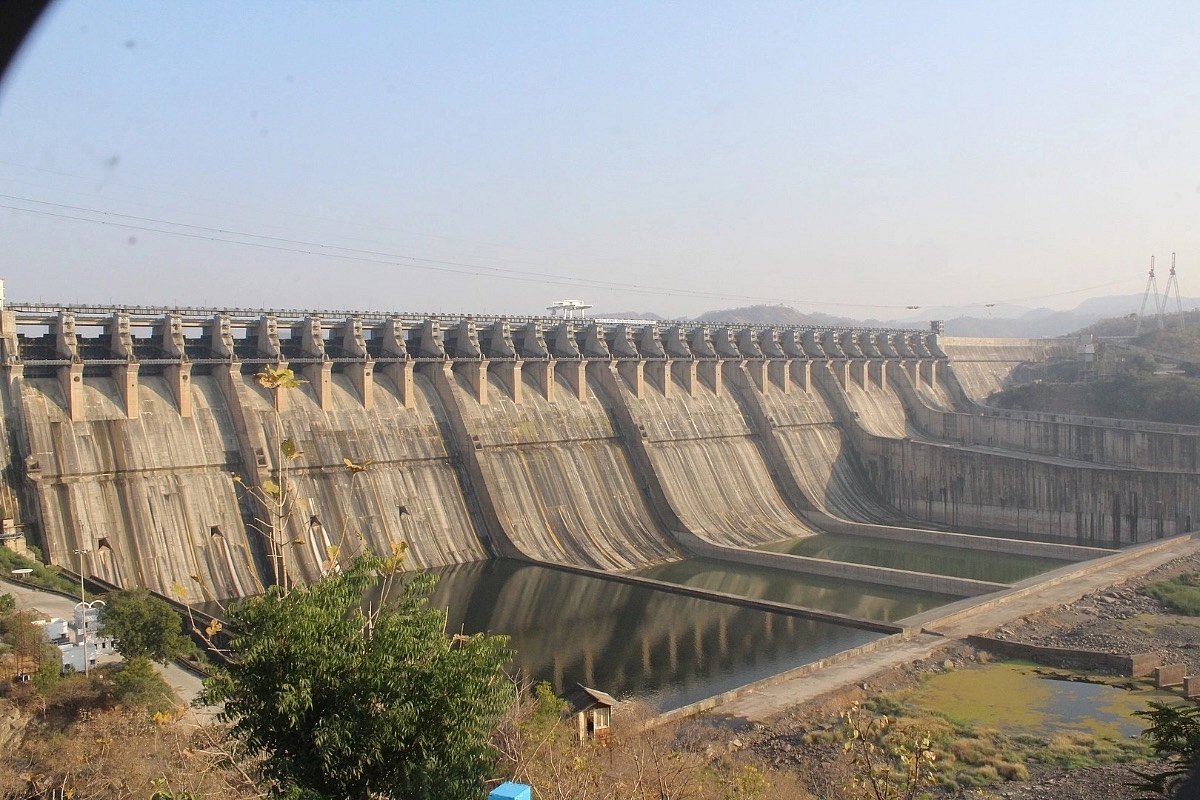Politics
Participating States Of Narmada Project Yet To Pay Over Rs 7,000 Crore To Gujarat

Sardar Sarovar Dam (Pic via Wikipedia)
Gandhinagar, Mar 17 (PTI) Participating states of the Sardar Sarovar Narmada project are yet to pay over Rs 7,000 crore to Gujarat, where the dam on Narmada river is located, the state government informed the legislative Assembly on Thursday.
The three participating states, apart from Gujarat, are Madhya Pradesh, Maharashtra and Rajasthan.
Responding to a query by senior Congress MLA Niranjan Patel during Question Hour, Chief Minister Bhupendra Patel told the House that the state is yet to recover Rs 7,225.10 crore from the three other participating states towards capital share cost, operations and maintenance cost.
Madhya Pradesh's dues stand at Rs 4,953.42 crore, followed by Maharashtra’s at Rs 1,715.67 crore and Rs 556.01 crore of Rajasthan, the chief minister, who handles the Narmada portfolio, said in a written reply.
In the last two years, Maharashtra had paid Rs 38.16 crore, while Rs 12.41 crore were given by Rajasthan, Patel said, adding that the Madhya Pradesh government had not paid anything during that period.
To recover the dues from the three states, the state government had made representations in the meetings of the Narmada Control Authority in October 2021 and January 2022, Patel said.
For speedy resolution of the issue, a committee and a sub-group committee, comprising representatives of all the four participating states, have been formed after a representation was made by Gujarat in this regard, the chief minister said.
The Sardar Sarovar Narmada Nigam Ltd has been writing to different concerned authorities of the three other states every month, asking them to clear the dues, he added.
(This story has been published from a wire agency feed without any modifications to the text. Only the headline has been changed.)
Introducing ElectionsHQ + 50 Ground Reports Project
The 2024 elections might seem easy to guess, but there are some important questions that shouldn't be missed.
Do freebies still sway voters? Do people prioritise infrastructure when voting? How will Punjab vote?
The answers to these questions provide great insights into where we, as a country, are headed in the years to come.
Swarajya is starting a project with an aim to do 50 solid ground stories and a smart commentary service on WhatsApp, a one-of-a-kind. We'd love your support during this election season.
Click below to contribute.
Latest